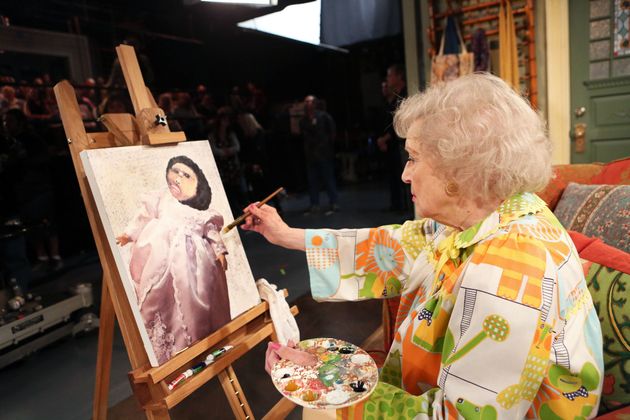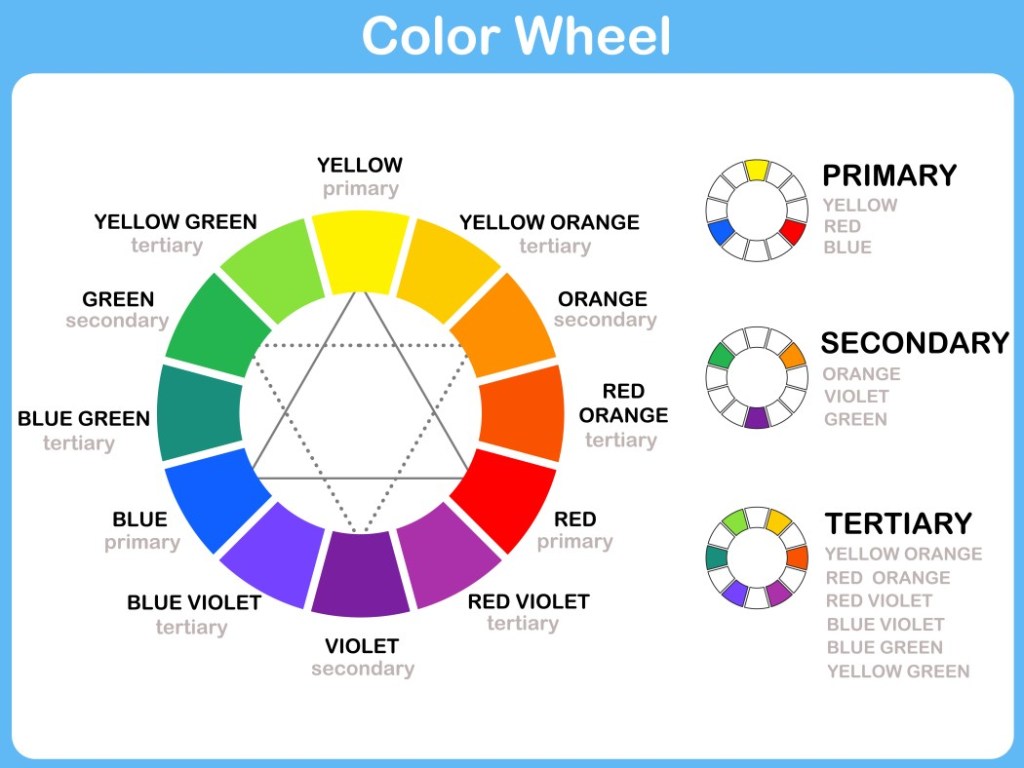Jyoti Shekar
I am not an art therapist. Well, I am not even a professional artist. I am what you can call a self taught artist. Because I have this weird and compelling need to use my right brain from time to time. It keeps me grounded, stress free and happy.
I once visited a friend of mine who was going through a particularly rough time. When I went there, I saw her sitting in one corner of the house colouring with crayons in the kind of colouring books children have. I was puzzled and asked what on earth she was doing.
That is when she told me about art therapy. How it helps one focus the mind and, at the same time, gives an escape from everyday problems. It clicked immediately, since I have always been interested in painting but never really understood its benefits in my life.
Have you ever heard of someone crying and having ice cream at the same time? No, right? Ice cream always puts a smile on my face, even on the darkest days. In my mind, art is an equivalent of that. We hear a lot about Arts Therapy these days – music therapy, painting, poetry etc. In fact, we even published an article on the Therapeutic Essence of Music some time back. Psychotherapists recommend arts therapy for chronic mental illnesses as well. But these are to be done supervised.
Without going into technicalities, let me demonstrate how Art Therapy (I am talking about sketching and painting alone here, I know zilch about music!) can really help in our day to day life, especially how it can help you in your hour of need.
And you don’t even have to be an artist for it!
According to American Art Therapy Association (yes, it is a thing!), ‘Art Therapy is used to improve cognitive and sensory-motor functions, foster self-esteem and self-awareness, cultivate emotional resilience, promote insight, enhance social skills, reduce and resolve conflicts and distress, and advance societal and ecological change.‘
The Association also points out that ‘through integrative methods, art therapy engages the mind, body, and spirit in ways that are distinct from verbal articulation alone. Kinesthetic, sensory, perceptual, and symbolic opportunities invite alternative modes of receptive and expressive communication, which can circumvent the limitations of language. Visual and symbolic expression gives voice to experience, and empowers individual, communal, and societal transformation.‘
Now that we know what it is, let us move on to how we do it. All you need is a paper, a pencil and some colors (any kind, whatever takes your fancy).
There are two major elements to any painting – one is design and the other is colour.
Design is basically what you want to sketch or paint – the subject matter and how you plan to place it. It can be a simple hut with a tree, a sun (or moon), river, grass etc. The kind we used to do in school. Or it can simply be an apple, a car or just a doodle. What you draw itself is an indication of your thoughts. So it is important to not think too much about it and just let your pencil flow on paper.

Just try to get out your emotions. For example – if you are stressed, just create your dream house or something. Make some trees, birds, ocean, whatever you want. Remember, it is just for you. It doesn’t matter if your tree does not look like a tree!
If you are angry at someone, give him/her a monkey face! Well, monkeys are actually cute. But you get the idea. This tactic really helps me. If I am annoyed but unable to communicate with the person who is annoying me, I make a very unflattering image of that person, have a good laugh and throw it away.

The concept comes from what my mum calls ‘manorajyam‘. It means to go inside your mind, and create a durbar where you are the king and you get a say in everything you feel helpless about in real life. You can talk to people the way you want, lead your life the way you want and express anger/desire/distress the way you want.
It gives immense satisfaction, trust me.
Mandala is another very good stress buster which can calm your mind with its repetitive design. Actually, there is a whole science and belief system behind it. But what we need to know here is drawing mandala builds focus, creativity and attention to detail. It is a great reliever of stress, anxiety and tension.
Colour is the second aspect of any art. We always think of colours being soothing or loud. Colours can have a calming or exciting effect on us. The following is a colour wheel with the basic colors on a spectrum. All other colors are basically a variation of these.

Now, there are four kinds of color schemes used in designing:
1. Complementary – These are basically a combination of the opposite colors in the spectrum, i.e. one primary colour and one secondary colour. There are three combinations possible – Red and Green, Blue and Orange, Yellow and Purple. These colours are bold and the choices, though common, make us feel very confident and noticeable.
2. Analogous – Colours that are next to each other on the colour wheel are analogous in nature. These colours when used together can be very calming. For example – Blue and Purple, Red and Orange, Green Blue etc.
3. Monochromatic – This is a single colour with variations in the shades or tones of the same colour. This is very pleasing to the eye.
4. Triadic – It consists of three colours that are evenly spaced apart on the colour wheel, forming a contrast. For example – Green Purple Orange, Blue Yellow Red etc.
Warm colours such as Red, Yellow and Orange can trigger hostility and anger in some, but can also spark comfort and warmth. Cool colours such as Green, Blue and Purple often trigger feelings of calmness, but sometimes can spark sadness. It really is on the mindset of the person. What I do is let myself be guided by instinct.
It is okay to choose any colour. At the end of it, whatever emotions get triggered by the colour gets spent on the paper, and we feel delightedly light after that. A great place to start building positive emotions!

I feel that any painting gives me confidence that I can do it, clarity of thought when I make decisions on the design and colour, and mostly the satisfaction of creating something.
If you are unsure of any of what I said above, just simply pick up a mud pot or a pebble or even a plain piece of paper, choose your favourite colour, and just colour the whole thing evenly, no creativity required. Then you will know what I am talking about.
Whatever you make, it is going to help you relieve stress. For that one moment when you are creating something, you feel in control.
Whether your life is in your control or not, that art is. Totally.
*All images used in this article are either Eyra’s own design or widely and freely available on the internet.*


Nice blog 😊
LikeLike